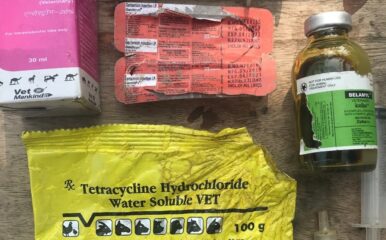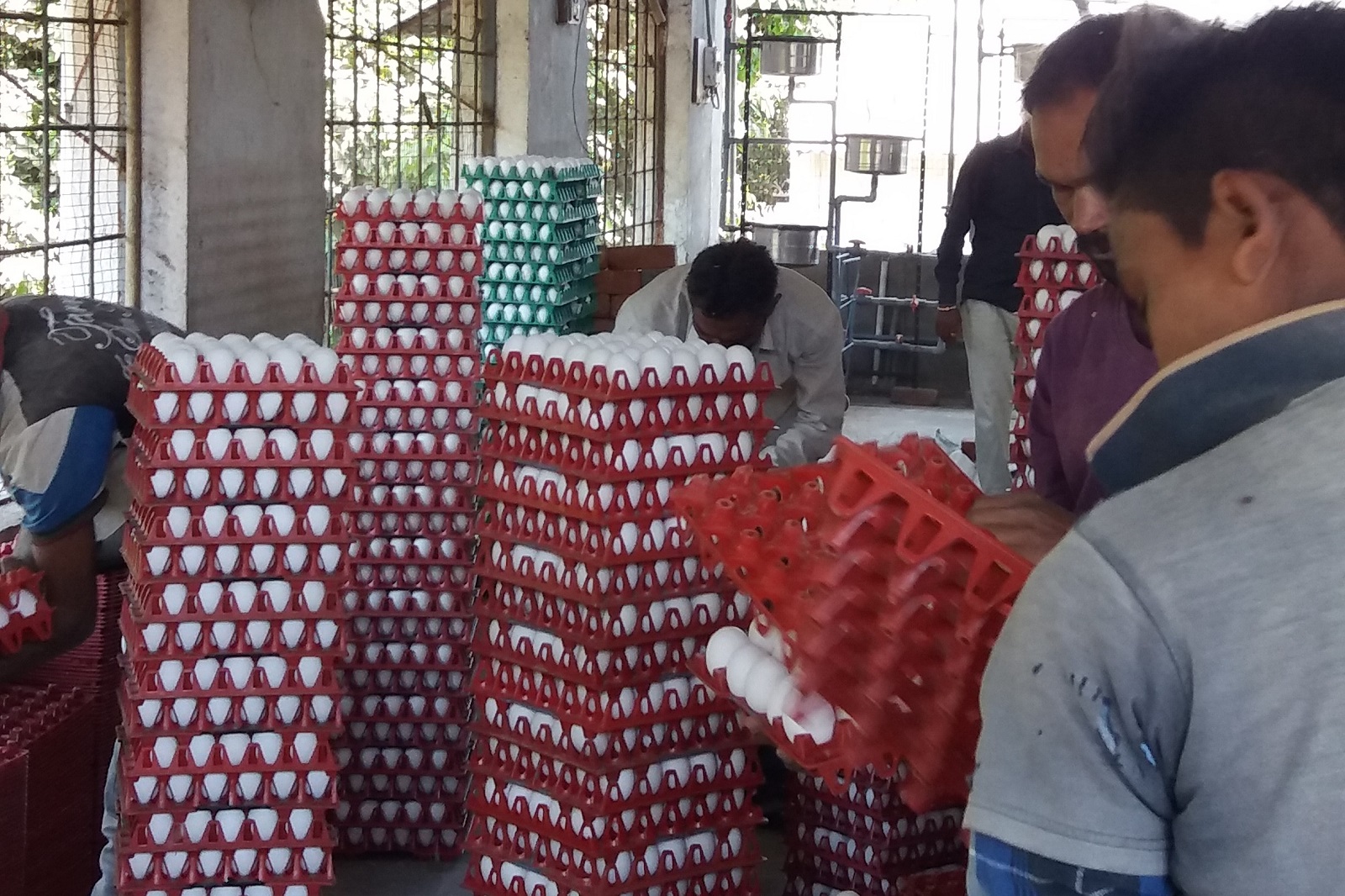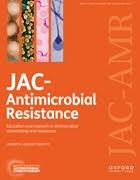
India
India is the world’s third-largest egg producer and fifth-largest chicken producer. Rapid poultry intensification is now taking place, presenting serious capacity and safety issues. The Hub is working in Gujarat and Tamil Nadu states.
Key facts
- India’s population is 1.37bn. It is projected to overtake China as the world’s most populous country in 2027.
- India’s poultry population is 835m.
- Average annual egg consumption per person more than doubled between 2014 and 2019 (from 30 to 68). In the same period, average annual chicken consumption increased more than six-fold (from 400g to 2.5kg a year).
- The Indian poultry market was worth INR 1,750bn (US$25.4bn) in 2018 and the market is projected to reach INR 4,340bn (US$63.1bn) by 2024, growing at a compound annual growth rate of 16.2% during 2019-2024.
Poultry in India
Poultry production in India has undergone a major shift over the past two decades, being transformed from a backyard activity into a major industry

The leadership teams in India

Prakash Koringa
Veterinarian and animal biotechnology researcher
Kamdhenu University
Haidaruliman Ismail Paleja
Veterinarian
Kamdhenu University
Samuel Masilamoni Ronald
Veterinary microbiologist
Tamil Nadu Veterinary and Animal Sciences University (TANUVAS)

